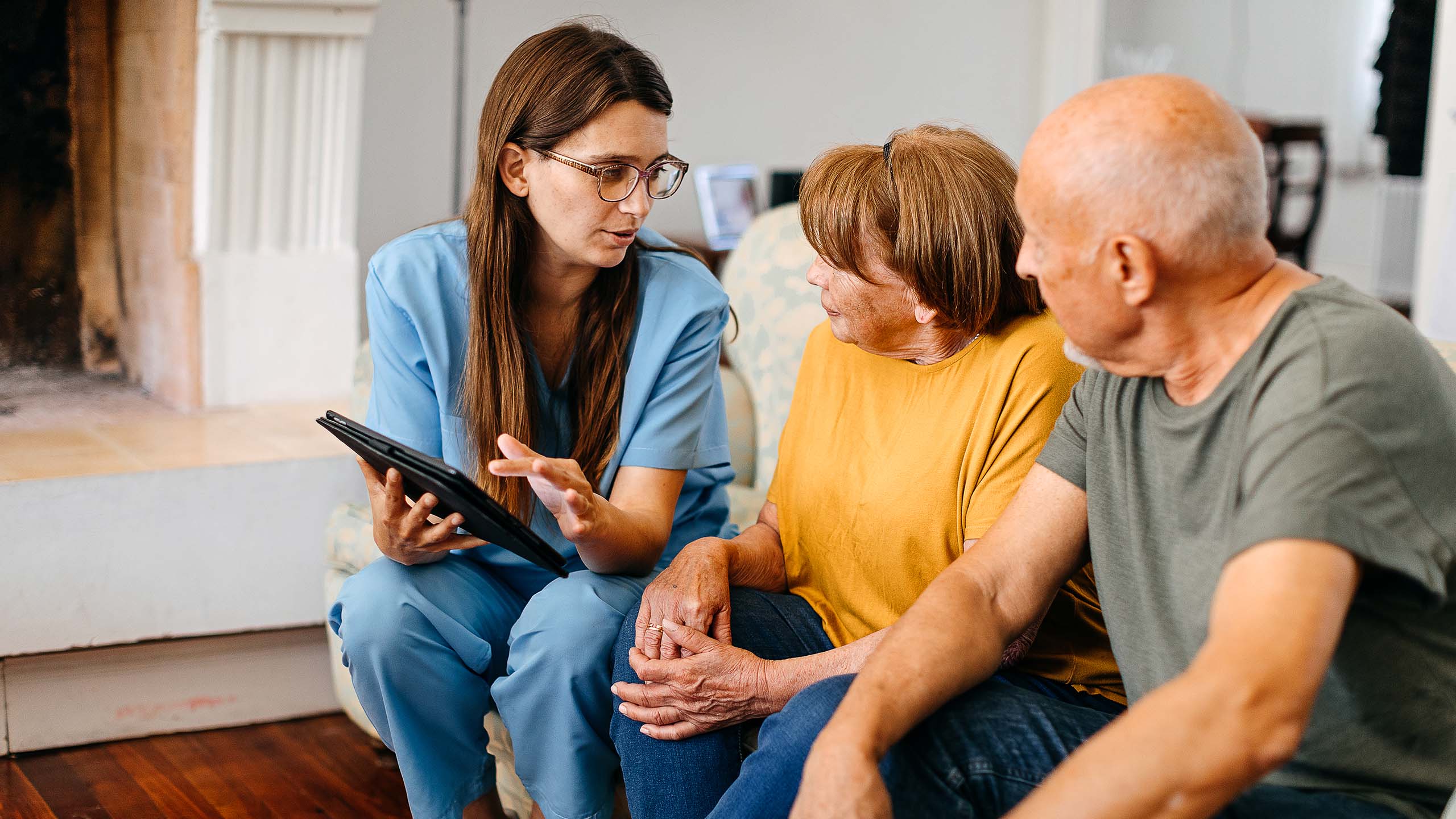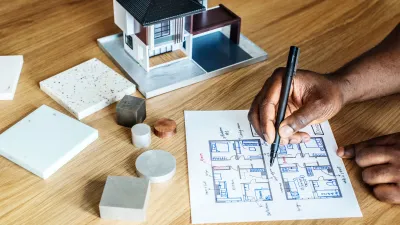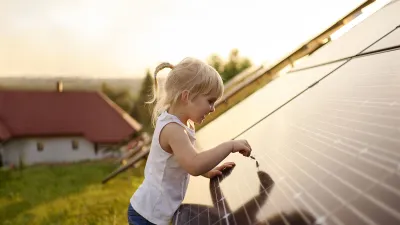Creation date : 15/01/2022
Sell it back to the grid or use it yourself?
When you have solar panels installed, you have two options:
- sell it on by exporting it to the grid,
- or use it for your own consumption and sell the surplus that you don’t use.
Who buys back the electricity in Luxembourg?

Creos the company that manages the electricity network. Regardless of your electricity supplier, you will sell on the electricity you generate via Creos.
The 6 steps to connect your installation to the grid are described on their website. Remember that before installing any photovoltaic panels, Creos must first ensure the viability of your project. In most cases, the electrician in charge of installing your panels will take care of the procedure.
Once your panels have been installed, a Creos technician will come and install the meter that will count the number of kWp* that you are exporting to the grid (you will be paid based on this meter reading!).
What is the feed-in tariff for solar electricity?

These tariffs are governed by the Grand-Ducal regulation and are guaranteed for 15 years from the date on which electricity is first exported to the grid. For installations up to 10 kWp* with a first export in 2022, the tariff is 0.1506 per kW/h.
Find the details of the feed-in tariffs for solar electricity generated on Myenergy.lu.
Total resale and export to the grid
Until now, most customers preferred to sell on all of the electricity generated by the solar panels. But why? The feed-in tariffs set by the Luxembourg government are very attractive.
Self-consumption and partial resale

Others choose to use the electricity generated by their photovoltaic installation themselves. In this case, if your installation covers your electrical needs, you no longer need to buy electricity. But sometimes your installation doesn’t generate enough. Imagine, for example, that you need electricity at night. Without sunlight, your panels don’t generate electricity and, as the energy can’t be stored, you continue to be supplied by the electricity grid.
Sometimes it’s the other way around. You use your own energy and even generate a surplus. In this case, the surplus is exported to the grid and you are paid the legal tariff.
Until recently, self-consumption was a fairly marginal choice in Luxembourg. But the context is changing. Given the substantial increase in the price of electricity in recent months, people now buy their electricity at a higher rate than the one at which they sell it. This recent development has led many new owners of photovoltaic installations to opt for self-consumption, a share that is gradually catching up with the share of resellers.
However, the installation needed to use your own energy itself is also more complex and more expensive. To alleviate this problem, the State has recently introduced a new subsidy geared towards self-consumption. It allows you to receive a subsidy of almost 50% of the installation cost (up to a maximum of € 1250 per Kw).
Are you more of an "eco warrior" or a "manager"?

For Daniel Christnach, who works for the network manager Creos, this choice can be summarised by two approaches. The first is financial. "Exporting to the grid guarantees a very attractive feed-in tariff. So if you only look at the figures, that's usually the option to choose,” he explains.
The other approach tends to be guided by environmental aspirations. So, if you’re more of an 'eco-warrior', consuming electricity that we have generated ourselves is a real satisfaction, which more than makes up for any price difference.
Patrick Johanns, head of digital services at MyDiego, proposes a more pragmatic approach.
"The calculation needs to consider the cost of the installation, its power and the energy consumed. It’s a question of working out the return on investment for the two scenarios - export and self-consumption - in order to define the solution that works best for you.”
Don’t hesitate to contact the agency MyDiego - a company created by Enovos and the Fédération des Artisans du Luxembourg- to carry out this simulation. The same goes for MyEnergy - the state agency set up to promote renewable energy.
Having trouble deciding between self-consumption and resale? You can now choose to export your production into the grid and then switch to self-consumption.
A legal framework still under construction
Self-consumption still has some grey areas.
For example, it’s not yet clear how the grid connection will be charged for installations generating electricity exclusively for personal use. A law is being drafted to clarify these aspects. It should be passed in 2022.
💡You rent or own a house or an apartment? Insure your home with a full coverage: fire, storm, multimedia, travel, sports equipment, theft and breakage and much more ...
*The kilowatt-peak (or kWp) is the unit of measurement used to assess the power attained by a solar panel when exposed to maximum solar radiation.
An advisor is available in every region of the Grand Duchy to offer you his services and his well-informed advice about insurance solutions : Do you need advice ?








